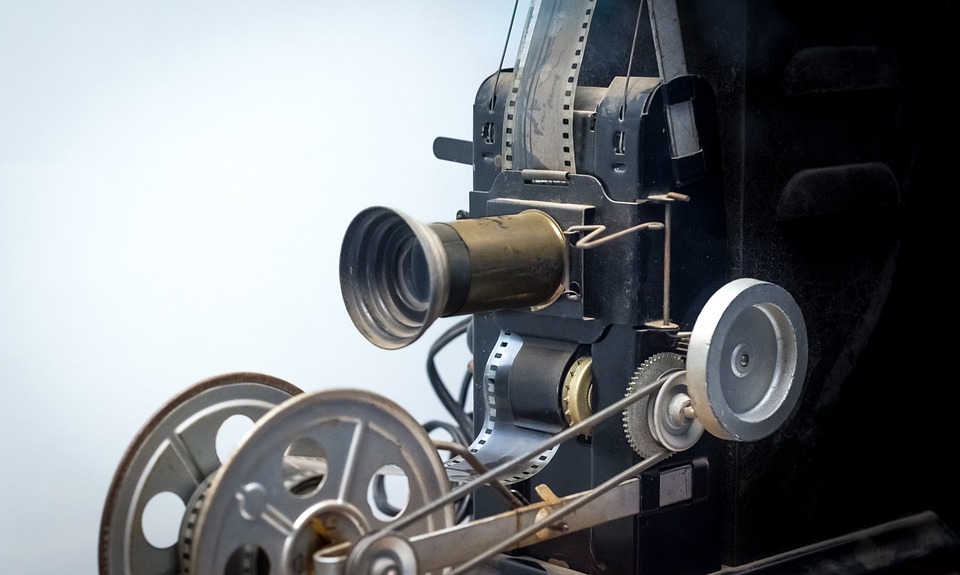Bridging Cultures on Screen: The Influence of Western Cinema on Arab Films’ Depiction of Sexuality
Cinema has always been a powerful medium for cultural exchange and the exploration of various themes. It has been a tool for shaping perceptions, challenging norms, and opening up conversations on controversial topics. One aspect that has seen significant influence in the Arab film industry is the portrayal of sexuality, and this influence can largely be attributed to Western cinema.
The Arab world has a long history of art and storytelling, with a rich heritage of literature, poetry, and theater. However, it wasn’t until the early 20th century that cinema became a prominent medium in the region. As filmmakers sought to adapt their narratives to fit the emerging art form, they were inevitably influenced by the cinematic techniques and storytelling conventions of Western filmmakers.
With this influence came a shift in the depiction of sexuality in Arab films. Traditionally, Arab cinema had approached sexuality with subtlety and restraint, often relying on poetic metaphors and innuendos to convey desire and attraction. However, Western films presented a more explicit portrayal of sexuality, encouraging Arab filmmakers to experiment with new approaches.
One major influence on Arab films’ depiction of sexuality was the Hollywood cinema of the 1950s and 1960s. During this period, films like “Giant” and “A Streetcar Named Desire” explored themes of desire, passion, and sexual repression. These films presented sexuality as a powerful force that could shape characters’ lives and relationships, and this portrayal resonated with Arab filmmakers who were also grappling with similar societal constraints.
Another significant influence was the French New Wave movement of the 1960s. Filmmakers like François Truffaut and Jean-Luc Godard focused on personal and intimate stories, often featuring complex and realistic portrayals of relationships and sexuality. This approach to filmmaking challenged traditional narrative structures and encouraged Arab filmmakers to explore sexuality in a more open and honest way.
The influence of Western cinema on Arab films’ depiction of sexuality can be seen in several key examples. One such film is “Cairo Station” (1958) by Egyptian director Youssef Chahine. The film tells the story of a crippled newspaper seller who becomes infatuated with a beautiful woman working at a nearby vending stand. The film explores themes of desire, jealousy, and sexual obsession, drawing inspiration from the explicit portrayal of sexuality in Western films.
Another example is the Tunisian film “The Silences of the Palace” (1994) by director Moufida Tlatli. The film is set in the 1950s and explores the oppression of women in a Tunisian palace. Through its poignant storytelling and raw portrayal of female desires and struggles, the film draws from Western cinema’s openness about sexuality and challenges the traditional Arab narratives surrounding women’s experiences.
Despite the influence of Western cinema, Arab filmmakers have also brought their unique perspectives and cultural sensitivities to their portrayal of sexuality. Many have successfully blended Western influences with their own cultural values, creating a new and distinct voice in Arab cinema.
However, the influence of Western cinema on Arab films’ depiction of sexuality has also faced criticism. Some argue that this influence has led to the commodification and objectification of women’s bodies, echoing the concerns raised by feminist critics. Others believe that the explicit portrayal of sexuality in Arab films has perpetuated stereotypes about Arab society and reinforced the Orientalist gaze of the West.
It is important to acknowledge that the influence of Western cinema is just one aspect of Arab films’ depiction of sexuality. Arab filmmakers themselves have also played a crucial role in shaping and challenging societal norms. Their narratives reflect their experiences, values, and the complexities of Arab society.
In conclusion, the influence of Western cinema on Arab films’ depiction of sexuality cannot be overstated. The explicit portrayal of sexuality in Western films prompted a reevaluation and experimentation in Arab cinema, challenging long-standing taboos and encouraging a more open conversation about desire and attraction. However, it is crucial to recognize that Arab filmmakers have also brought their unique perspectives and cultural sensitivities to their narratives, creating a rich and diverse cinematic landscape that continues to evolve.
Finally, we would like to introduce you to an innovative platform dedicated to the study of sexuality in Arabic cinema.
Complying with international laws and regulations, our site offers a variety of film analyzes, from independent to mainstream, that provide a subtle insight into sexual themes in the Arab film industry. With a streamlined interface and simple search features, aflamaljins.com provides a safe, respectful and interactive environment for users. If you are intrigued by the intersection of Arab culture, sexuality and cinema, our website is a comprehensive and educational resource.
